Backseat Riding – on the back of the GS and GSA by Catherine Moxey and Contributors!

As we all know, the BMW GS is the best motorbike there is – except for the GS Adventure, of course, which is even better (your opinion may vary). But what is it like for the intrepid pillion perched on the back, and if you are thinking of riding pillion on a GS or GSA, what do you need to know? Read on to learn the (completely unbiased) thoughts of four Oxford Section members who have many years of experience between them – let’s not say quite how many, although one did describe the GS Adventure as “the most comfortable motorcycle I’ve pillioned on since 1974”!
Many thanks to my fellow pillions, Jill Boreham, Cecilia van Zyl, and Wilma Guows, for their insightful input. That makes one GS and two GS Adventure pillions, plus myself who has ridden on both over the years. Most of what we have to say applies equally to the GS and GS Adventure, and I’ll abbreviate that to GS/A.
The thing I personally like best of all about riding on the back of the GS/A is the higher up view: the bike is quite high already, and then the pillion seat is above the rider’s, so you get a better view than on most bikes, and possibly even a chance to look over the rider’s helmet rather than at the back of it. We were all agreed that this is a benefit, and together with the available space between pillion and rider it can give good 270 degree visibility. Another advantage is apparently the ability to “look at the readings on the speedometer.”
However, there is a downside to the seating height, as it leads to more buffeting and wind noise in the helmet at higher speeds. This means you can feel tired after a long ride, especially if much of it was on fast roads. It can also make it hard to hear what your rider is saying if you use an intercom (and impossible if you don’t). The height of the bike means that getting on and off, especially when the suspension is on the high setting for luggage, can be quite a challenge. My own tip for getting on and off is to start on the left side of the bike, step up on the foot peg with your left foot, giving you room (just about) to lift your right leg over the seat and down to the other peg. You will probably need to put your hands on the rider’s shoulders for balance, and make sure both foot pegs are down before you start. There is nothing worse than carefully lowering yourself into position, only to find your right foot falling into thin air.

On the subject of foot pegs, their position met with universal approval. Regardless of which bike they ride, and how short or tall they are, all the pillions felt that the position was just right, with the height being perfect for a 90-degree bend of the knees, and the riding position was described as “ergonomically sound”, even for those with back problems. Mind you, a break at least every two hours is always welcome, to stretch out the knees. Generally, the GS/A was felt to be very stable, with no need to hold on unless breaking hard, and the grab handles are well situated when you do need to hold on.
The GS/A is probably not for those who want to sit still in a comfortable seat, but that’s part of the fun. You definitely sit on rather than in a GS/A, and it takes some (enjoyable) effort to keep as still as your rider would like. The standard seat is found by most to be a bit hard for long journeys, although it was felt to have enough space to move around on, and the seat cover is quite “grippy” which prevents sliding. A replacement seat, such as available from Sargent or Corbin, can be a good way to a more comfortable ride, or the standard seat does wear in a bit over time. The lack of a heated seat on the GS/A was also a small downside for some, although personally I don’t miss this as I never like to have the heated seat turned on, even when riding bikes which have one. For cold trips, a heated ‘vest’, like a waistcoat, which plugs into the utility socket on the bike, is another way to keep warm.

A fixed top box behind you helps you to feel safe and secure, and avoids the feeling that you might fall off the back, although you will want a comfortable backrest to stop the box digging in to you. Some of those backrests take a bit of wearing in as well. For a GS pillion, the top box was made much more comfortable by the addition of bolt-on backrest pads. On our GSA, Steve and I have a third-party Hepco & Becker top box, which comes with a good back rest, which is very welcome. In the past we have had to resort to constructing our own snap-on back protector, consisting of a bag filled with foam (or spare clothing), with poppers sewn onto the bag and glued to the top box.
Speaking of luggage, this is another very popular feature of the GS or GSA, providing plenty of packing space for long trips. The expandable luggage was described as probably the best feature of the GS, leaving space to offload layers during the day “and also space for any unexpected purchases (which of course I’m discouraged from making).” For the lucky GSA riders, the top-loading aluminium panniers are really useful and convenient, and using inner pannier bags works very well. Try and stake a claim to the side away from the exhaust if you can – it’s got more space. Although, you will ideally ensure that the weight is even across the two sides.
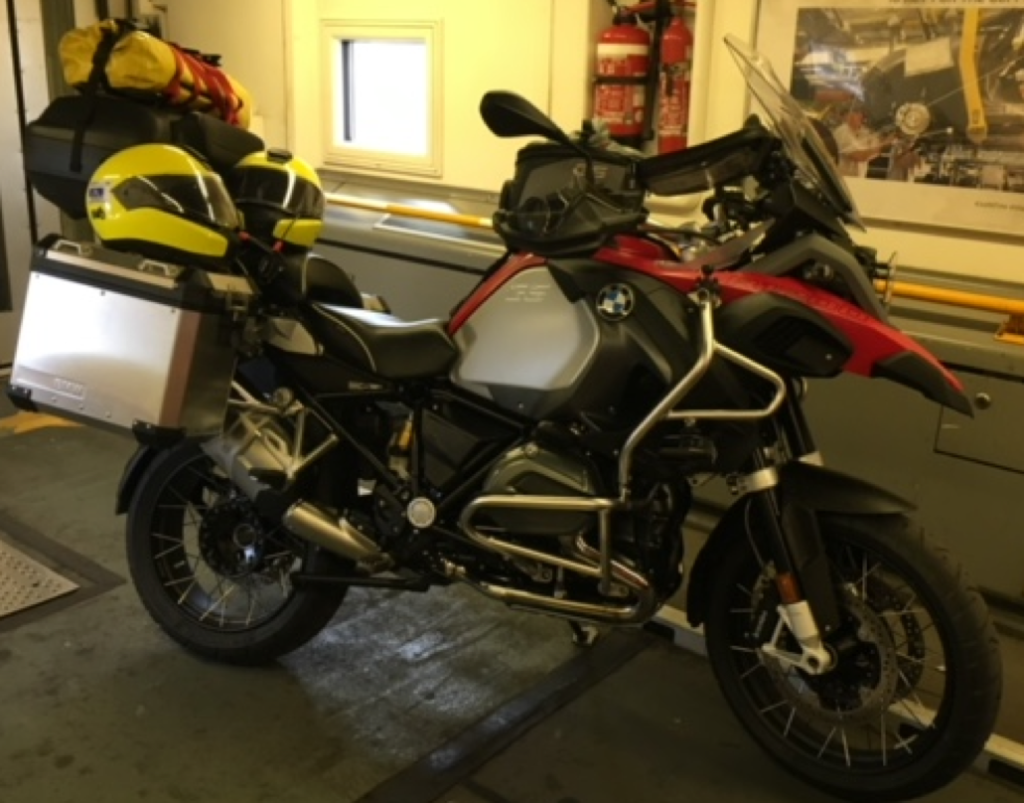
Typically, two helmets can be fitted into the bike, either one in a pannier and one in the top box, or in our case we can get both in the top box. This is very useful when out on day trips.
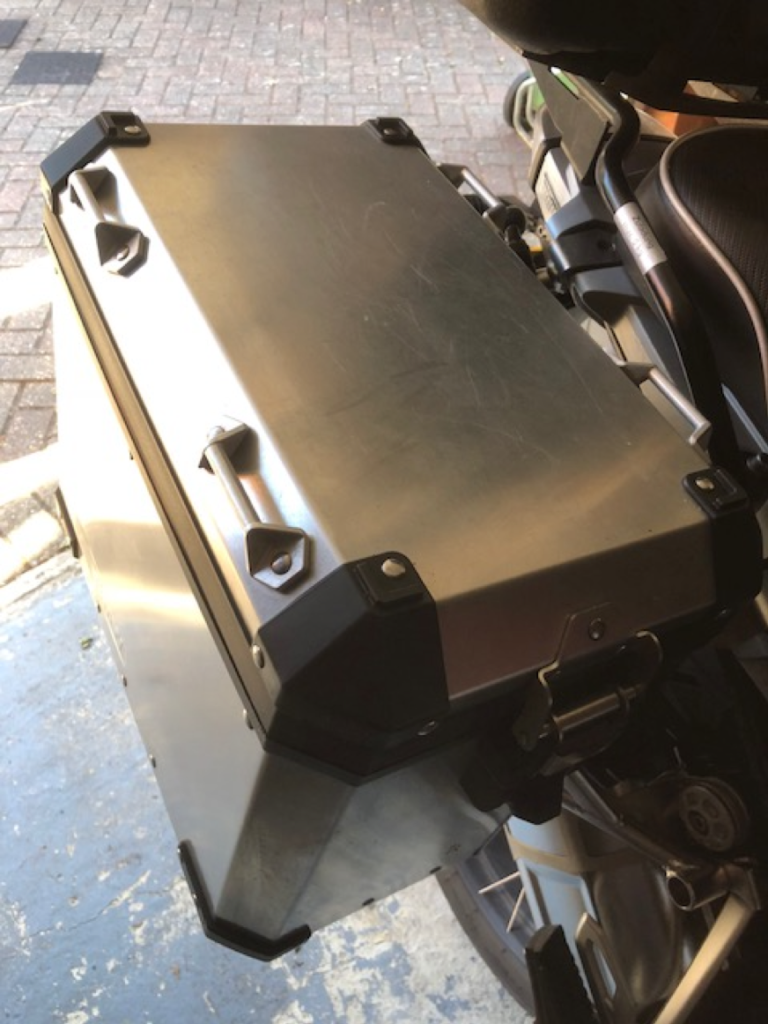
Overall, all four pillions who contributed to this article are very much fans of the GS/A, with comments including “the GSA is able to handle most challenges thrown at it”,and “All in all, in biking terms the GSA makes for a pretty good ride.” In fact, in my view, the only bad thing about the GS/A is that if you own any other types of bike, sometimes you’ll have to ride on them instead!
Originally posted 2018-08-15 20:13:23.


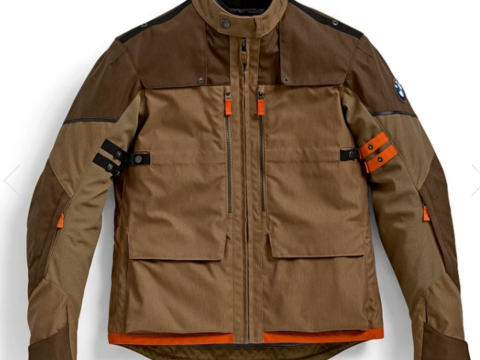
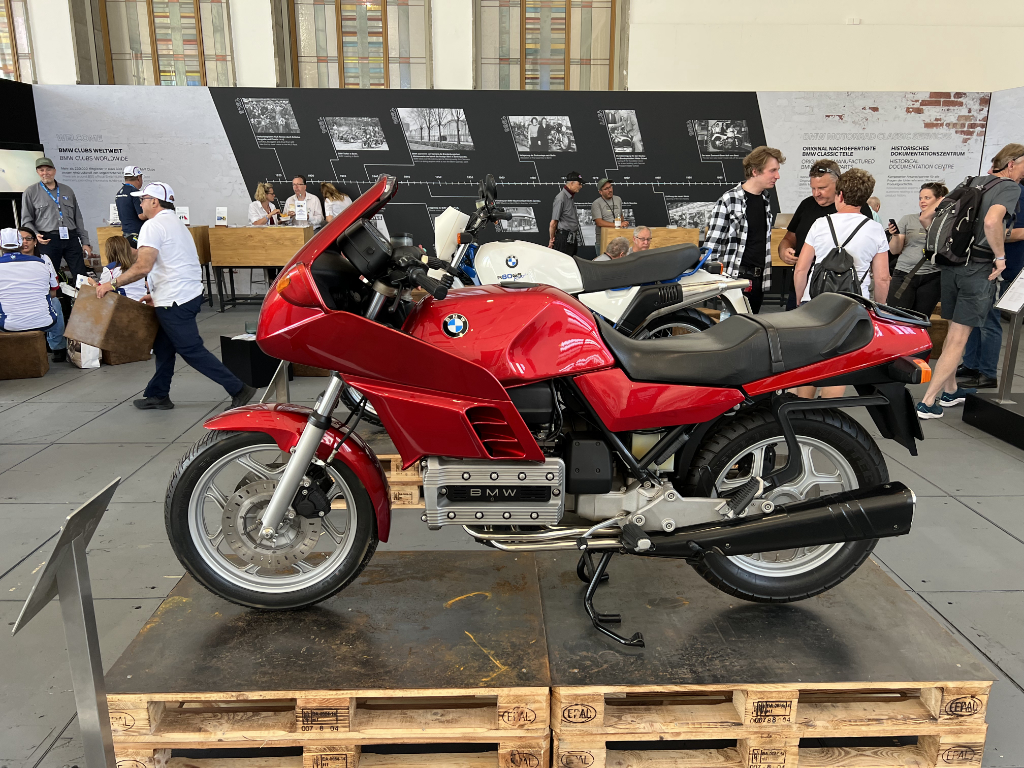
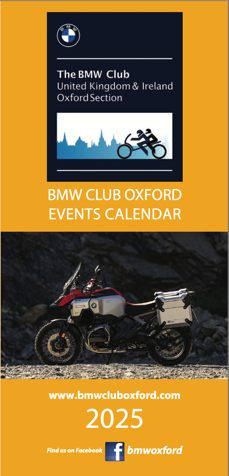
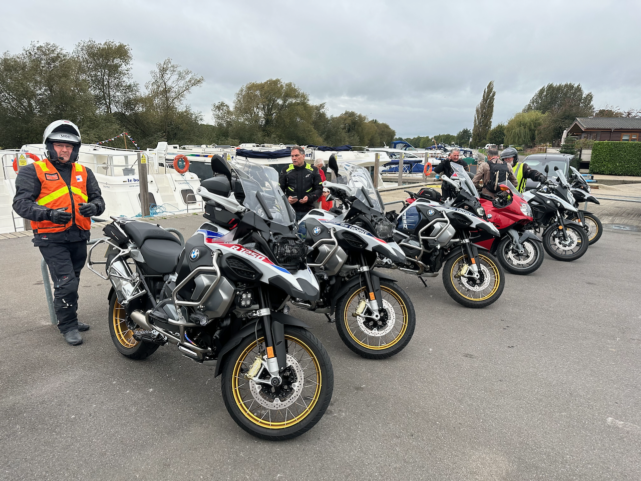


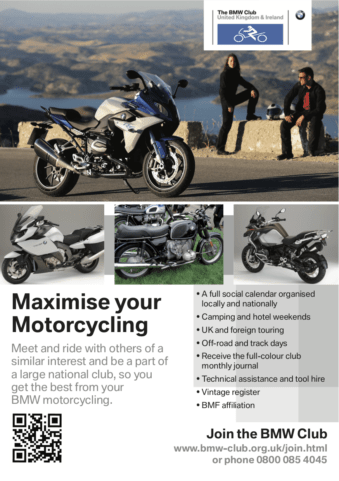
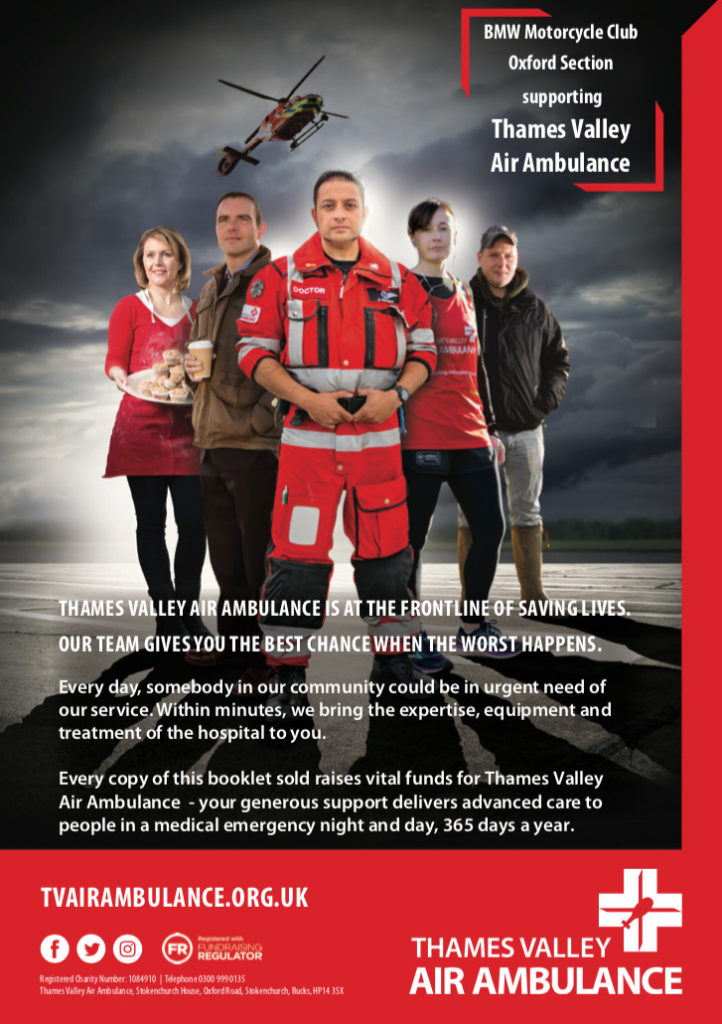
You must be logged in to post a comment.